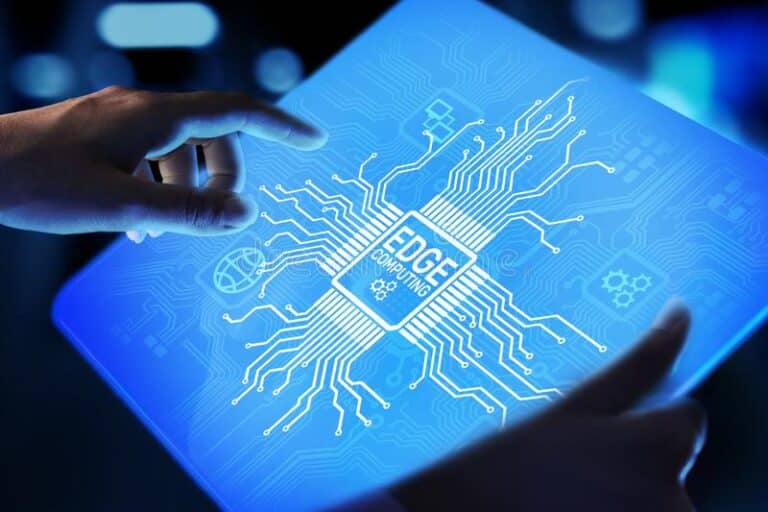Invisible Technology
Introduction:
Technology has always been an essential part of our lives, and it continues to evolve at a breakneck pace. One of the latest trends in technology is the rise of invisible technology – technology that operates in the background and seamlessly integrates into our daily lives without being visible. In this blog post, we will explore whether invisible technology is the future of technology.
Technology has advanced significantly in the past few decades, and we have witnessed the rise of several innovations that have transformed the way we live, work, and communicate. With each passing year, new technological developments emerge, and one of the most recent trends is the rise of invisible technology. Invisible technology operates in the background without being visible to the user, and it has the potential to make our lives more convenient, efficient, and seamless. As we continue to explore the possibilities of invisible technology, it is worth asking whether it is the future of technology and what implications it might have for our society.
Important Points:
- What is invisible technology? Invisible technology refers to technology that operates in the background without being visible to the user. Examples include wireless charging, voice assistants like Alexa, and smart home devices.
- How does invisible technology work? Invisible technology uses sensors, wireless connectivity, and artificial intelligence to operate. It can analyze data in real-time and adjust settings automatically, making our lives easier.
- Why is invisible technology gaining popularity? Invisible technology is becoming popular because it seamlessly integrates into our daily lives. It can make our homes more efficient, save us time, and help us make better decisions.
- Applications in healthcare: Invisible technology has significant potential in healthcare, where it can help monitor patients remotely, provide personalized treatment plans, and reduce the need for in-person appointments.
- Improved energy efficiency: Invisible technology can help reduce energy consumption by automatically adjusting settings and detecting energy waste.
- Enhanced user experience: By operating in the background, invisible technology can provide a more intuitive and personalized user experience, improving user satisfaction and loyalty.
- Potential for innovation: Invisible technology is still in its early stages, and there is significant potential for further innovation and development in this field. As technology continues to evolve, so too will the possibilities for invisible technology.
- Impact on job market: The rise of invisible technology may lead to job displacement in certain industries, but it may also create new job opportunities in areas such as data analysis, cybersecurity, and artificial intelligence.
FAQ’s
1.Is invisible technology safe?
A: Yes, invisible technology is safe. It uses secure wireless connectivity and operates within safety guidelines.
2.How much does invisible technology cost?
A: The cost of invisible technology varies depending on the product and its features. However, it is becoming more affordable as it becomes more widespread.
3.Can invisible technology be hacked?
A: While any technology can be hacked, invisible technology uses encryption and other security measures to protect against hacking.
Pros:
- Seamlessly integrates into our daily lives
- Makes our homes more efficient
- Saves us time
- Helps us make better decisions
- Improves safety and security
Cons:
- Lack of control
- Privacy concerns
- Dependency on technology
- Cost of technology
Final Conclusion:
Invisible technology is rapidly becoming the future of technology. It offers many benefits, such as making our lives more efficient and saving us time. However, there are also concerns about privacy and the cost of technology. As with any technology, it is important to weigh the pros and cons before embracing invisible technology in our lives.
Invisible technology has the potential to revolutionize the way we interact with technology and integrate it into our daily lives. Its ability to operate seamlessly in the background and provide us with valuable insights and automated solutions makes it an attractive proposition for consumers and businesses alike. However, there are also concerns about privacy, security, and the potential impact on our society. As with any emerging technology, it is important to approach invisible technology with caution and carefully evaluate its potential benefits and drawbacks. With the right safeguards in place, invisible technology has the potential to enhance our lives and drive further innovation in the technology sector.







